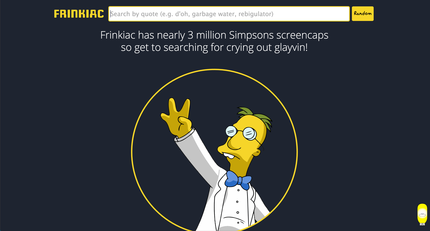Five Ways to Personalize Edtech Professional Development

One of the biggest strengths of edtech tools is the way in which they can be used to personalize learning. This means that students are not treated in the aggregate but rather can use precisely the tools needed—in the ways needed— to improve their learning outcomes. Most teachers intuitively understand how beneficial this approach is because they know that not all students learn in the same way or at the same rate.
How ironic it would be if professional development for edtech did not follow the same model! The research indicates that students—and this includes teachers when the topic is professional development—learn more when they have more choices in the learning environment. Professional development should be designed in such a way that teachers have the maximum amount of flexibility to choose the learning experiences that will be most beneficial to their teaching practice. So, here are five ways to personalize edtech professional development:
First, encourage teachers to develop a professional learning network using Twitter. While many people regard Twitter as little more than a place to argue about politics or follow celebrities, many communities of teachers are harnessing Twitter to improve their craft. Weekly “chats” on various topics offer teachers a focused way to interact and gain knowledge on a particular question.
Second, look to edtech associations (such as TCEA) who often provide webinars that make it easy for teachers to select professional development opportunities that meet their schedules and their learning needs. There are a wide variety of topics available for study in a digital format that can be accessed at any time from some different providers.
Third, never mandate from the top-down. Ensure that teachers buy into a professional development program by having some say in the selection of professional development opportunities. It is impossible to personalize learning when teachers don’t have a choice in what they are doing.
Fourth, think regarding competency, not completion. To the extent that you can control how professional development credit is awarded, do it for a teacher’s ability to show a competency, not for how many minutes they were exposed to the development.
Fifth, encourage teachers to learn from each other. In most schools and districts, there are not enough avenues for teachers to share with each other what is working well and what isn’t working in their classrooms. Consider an “unconference,” where teachers teach each other—instead of bringing in outside help.





